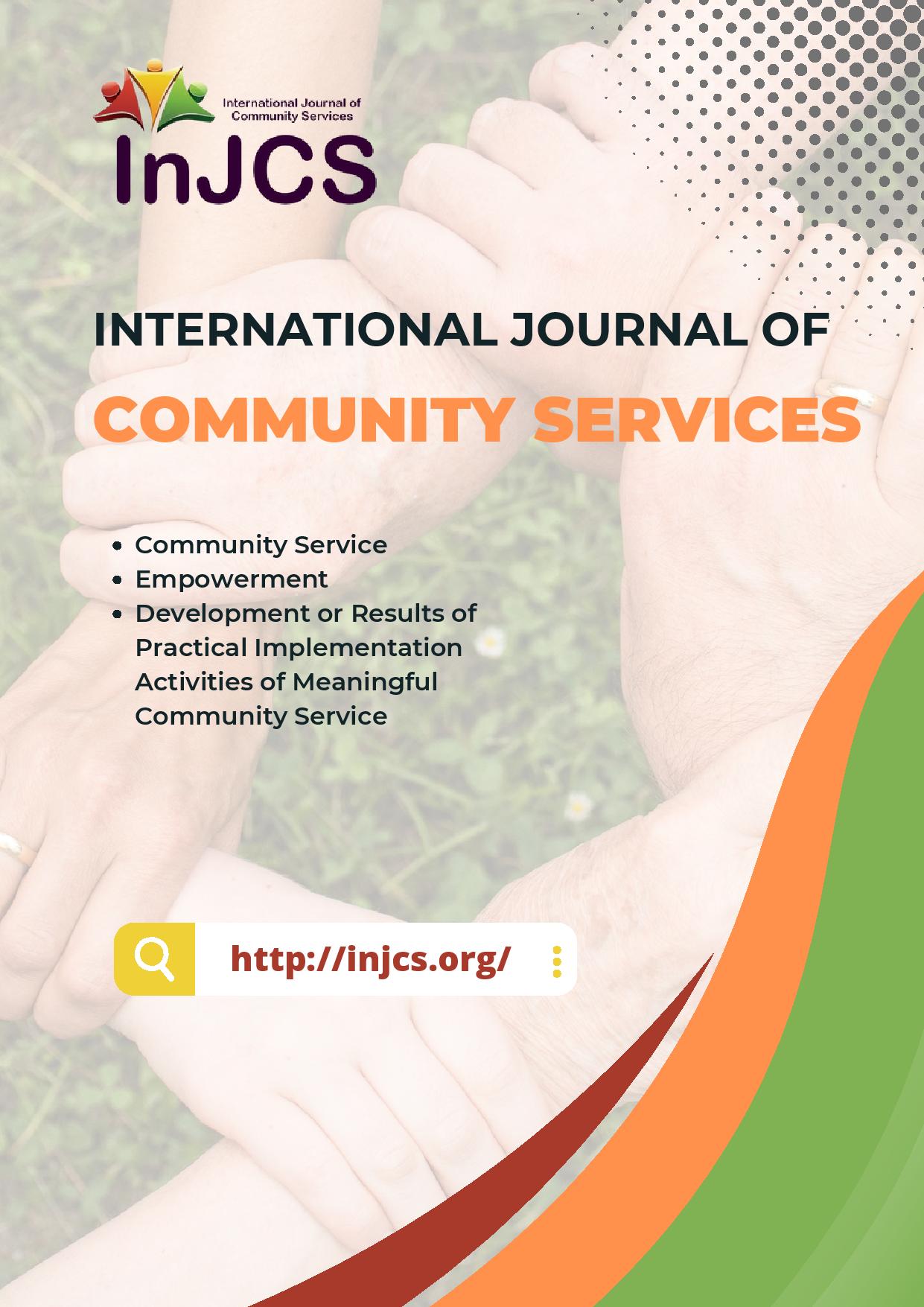Use of Herbs for Health in The Community of Mueang District Khon Kaen Thailand
Use of Herbs for Health in The Community of Mueang District Khon Kaen Thailand
Main Article Content
Vivi Silawati
Retno Widowati
Triana Indrayani
Siti Lomrah
Aquarini Pajriyanti Puteri
Lusi Oktaviani
Siti Puteri Utami
Many members of the community do not have sufficient knowledge about the benefits of herbs and how to use them properly. This often leads to distrust of the effectiveness of herbs as an alternative treatment. The habit of consuming modern medicines is more dominant than herbs. This is triggered by the perception that modern medicine provides results faster. Limited access to information about the types of herbs and their benefits, as well as limited access to quality herbal products in some areas.
In 2024, there were 56 PCIM members studying in Thailand and around 130 Indonesian students studying internationally at Khoen Kaen University (KKU). Around 40% of these students experienced physical complaints such as colds, nausea, vomiting and dizziness due to physical conditions, weather and other things.
The use of herbs/herbal medicine as an effort to maintain health and treat various diseases that have been passed down from generation to generation. This legacy is expected to continue to be utilized by the younger generation, especially international students, as an alternative to increase endurance and overcome physical complaints. Indonesia and Thailand have similarities in the use of herbs as medicine, including ginger, melon, nutmeg, cinnamon, chili, cloves, galangal, lemongrass, honey and others.
The implementation of community service was carried out in Mueang District, Khon Kaen, Thailand, on August 28, 2024 with 20 participants. After being given counseling and practice in making herbal drinks, participants were able to learn the types, benefits and how to process spices as herbal drinks to be used as safe and effective alternative medicine.
Adiyasa, M. R., & Meiyanti, M. (2021). Pemanfaatan Obat Tradisional Di Indonesia: Distribusi Dan Faktor Demografis Yang Berpengaruh. Jurnal Biomedika Dan Kesehatan, 4(3), 130-138.
Azizah, A. N., & Kurniati, C. H. (2020). Obat Herbal Tradisional Pereda Batuk Pilek Pada Balita. Jurnal Kebidanan Indonesia, 11(2), 29-36.
Supriadi, S., Suryani, S., Anggresani, L., Perawati, S., & Yulion, R. (2021). Analisis Penggunaan Obat Tradisional Dan Obat Modern Dalam Penggunaan Sendiri (Swamedikasi) Oleh Masyarakat. Jurnal Kesehatan, 14(2), 138-148.
Raharjo, H. (2022). Suplemen Dan Obat Herbal: Sejarah Serta Gambaran Pemanfaatannya Dalam Tindakan Preventif Dan Kuratif Pada Pandemi Covid-19 Di Indonesia (Telaah Naratif). Media Bina Ilmiah, 16(12), 7897-7916.
Badan Pusat Statistik. 2019. Statistik Indonesia 2019. Subdirektorat Publikasi Dan Kompilasi Statistik. Jakarta: Badan Pusat Statistik
Oashttamadea, R., & Maiyonti, P. (2024). Studi Literature: Tanaman Obat Herbal Untuk Penyembuhan Batuk Dan Flu. Iris Journal Of Health Information Management.
Hendy Suhendy, et.al. 2021. Formulasi Minuman Herbal Antioksidan Jahe Merah (ZingiberOfficinale Rosc. Var. Rubrum). Jurnal Ilmiah Farmasi Farmasyifa. JIF Farmasyifa 4(2):79-86 (Juli 2021).
Wati Sukmawati, Merina. 2019. Pelatihan Pembuatan Minuman Herbal Instan Untuk,Meningkatkan Ekonomi Warga. Jurnal Pengabdian Kepada Masyarakat (JPKM). Volume 25 No. 4, Oktober - Desember 2019.
M.I. Shaik, I.H. Hamdi, N.M. Sarbon. 2023. A comprehensive review on traditional herbal drinks: Physicochemical, phytochemicals and pharmacology properties, Food Chemistry Advances. Food Chemistry Advances. Volume 3, December 2023, 100460.
Imam Haromin, Bahrul Ulum, Abdul Aziz. 2020. Pengolahan Jahe Pandan Menjadi Produk Minuman Herbal (Japan) Untuk Meningkatkan Kualitas Sdm Ekonomi Kreatif Di Desa Kampak Kecamatan Geger. Dharma: Jurnal Pengabdian Masyarakat. Volume: 1, Nomor: 1, Desember 2020.
Kassim, M., Achoui, M., Mustafa, M. R., Mohd, M. A., & Yusoff, K. M. (2020). Antioxidant and anti-inflammatory activities of polyphenolic-rich Malaysian honey in a normal human cell model. Journal of Integrative Medicine, 18(5), 346-355.
















